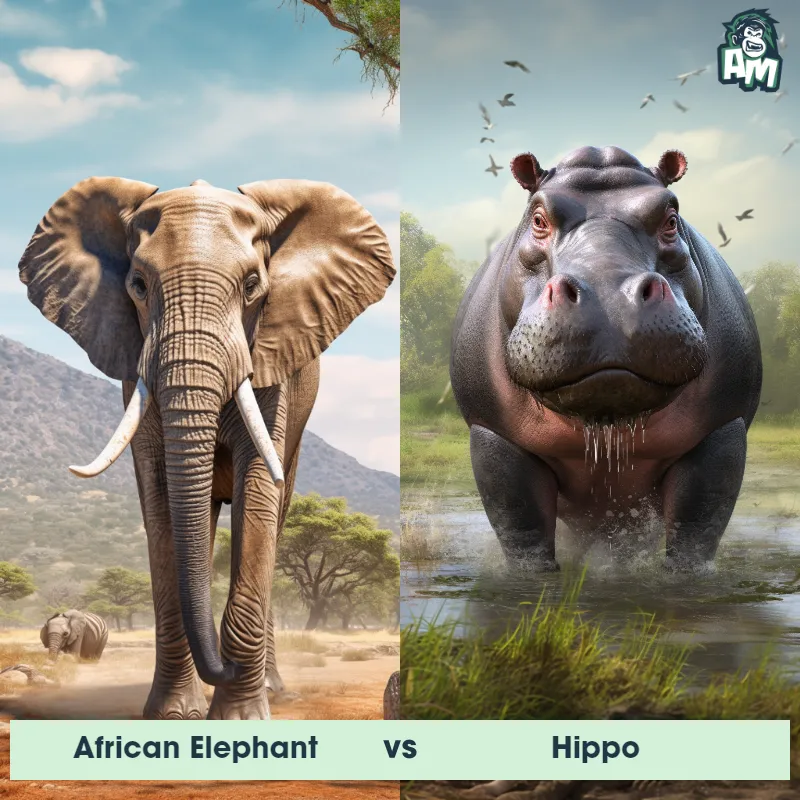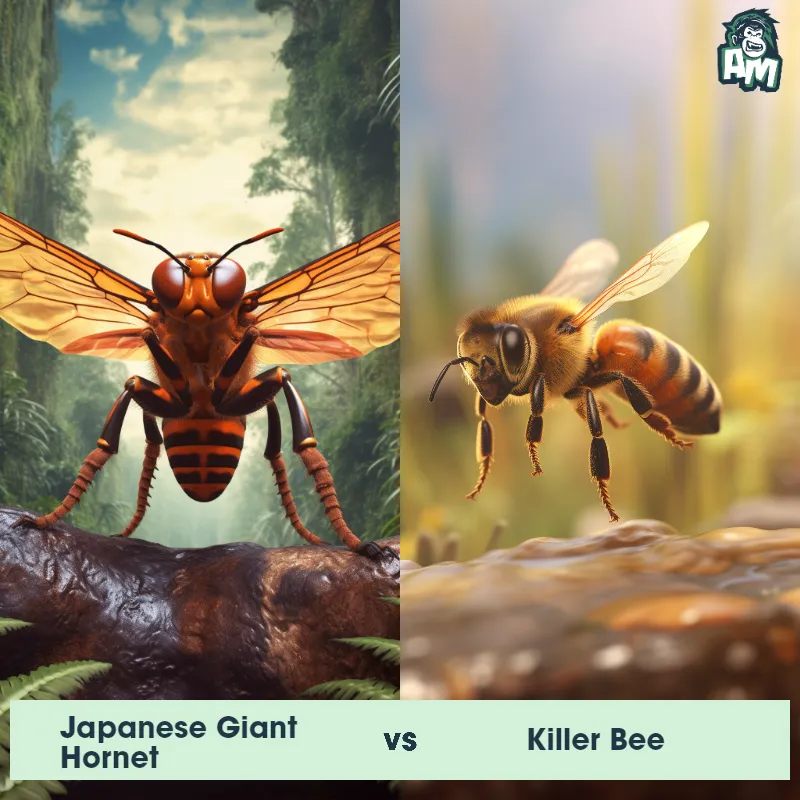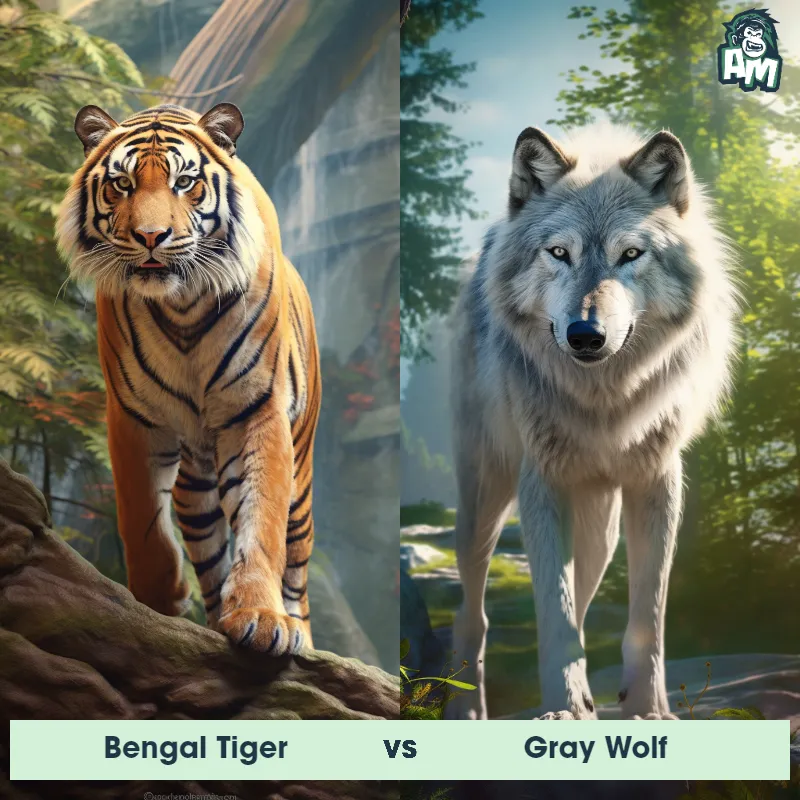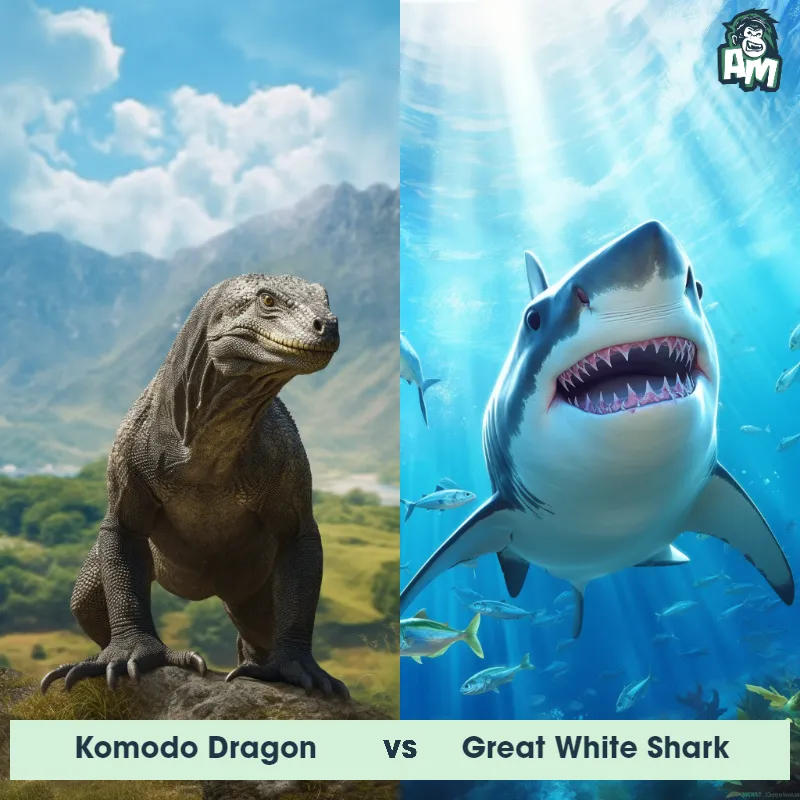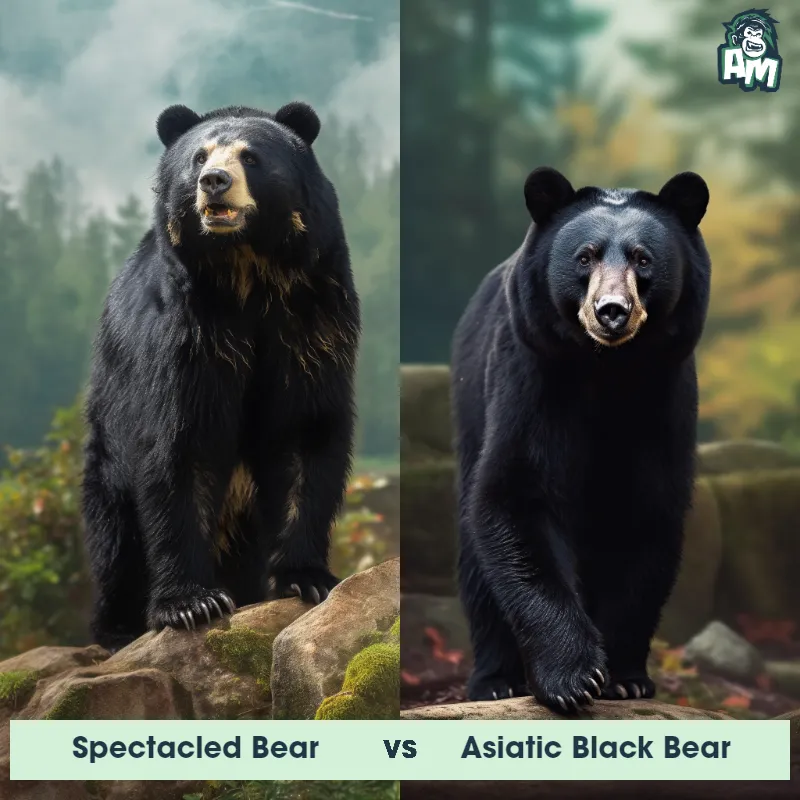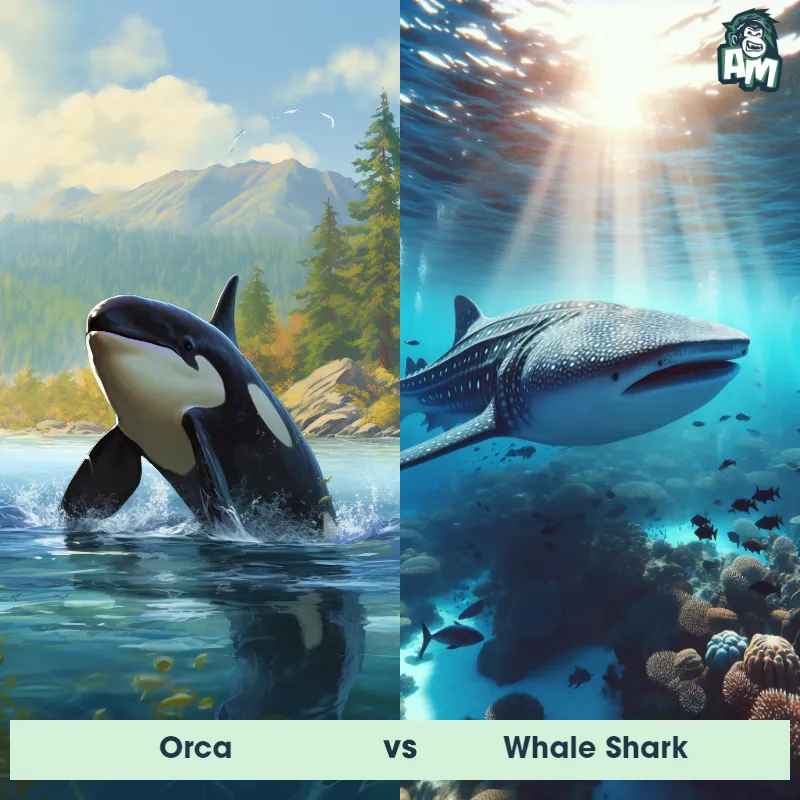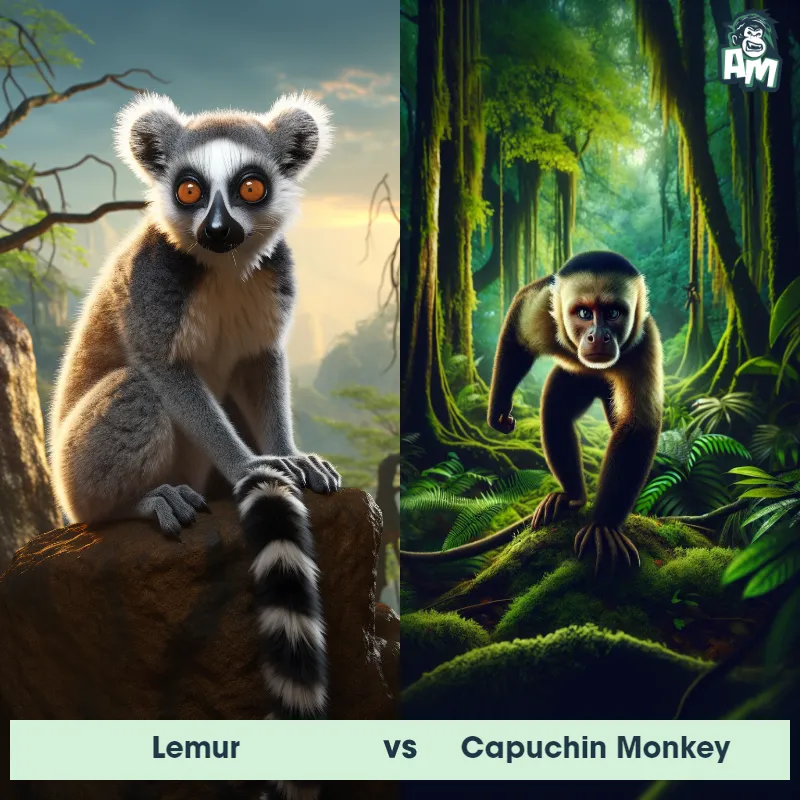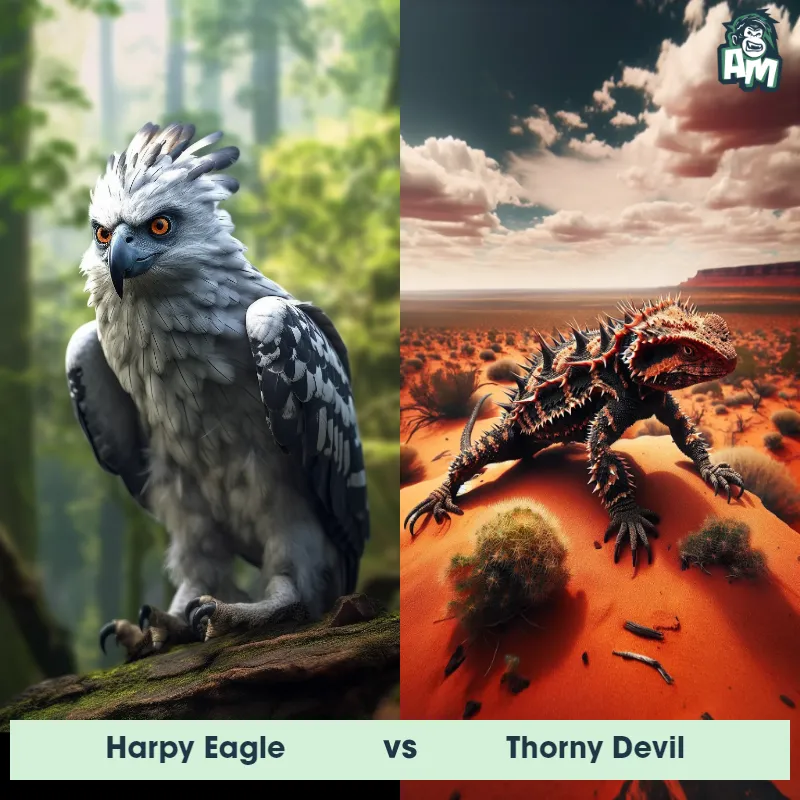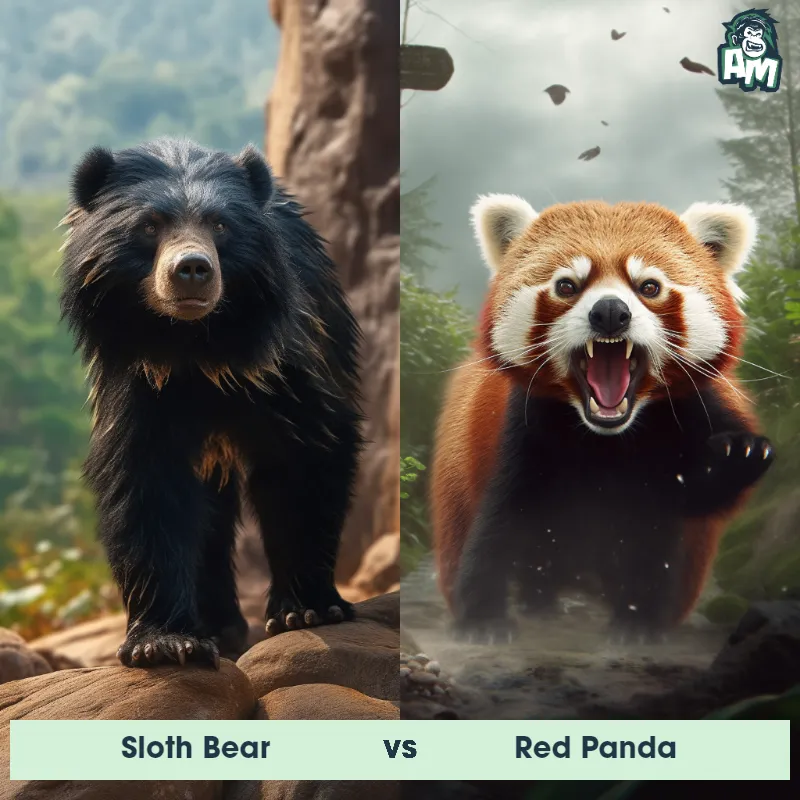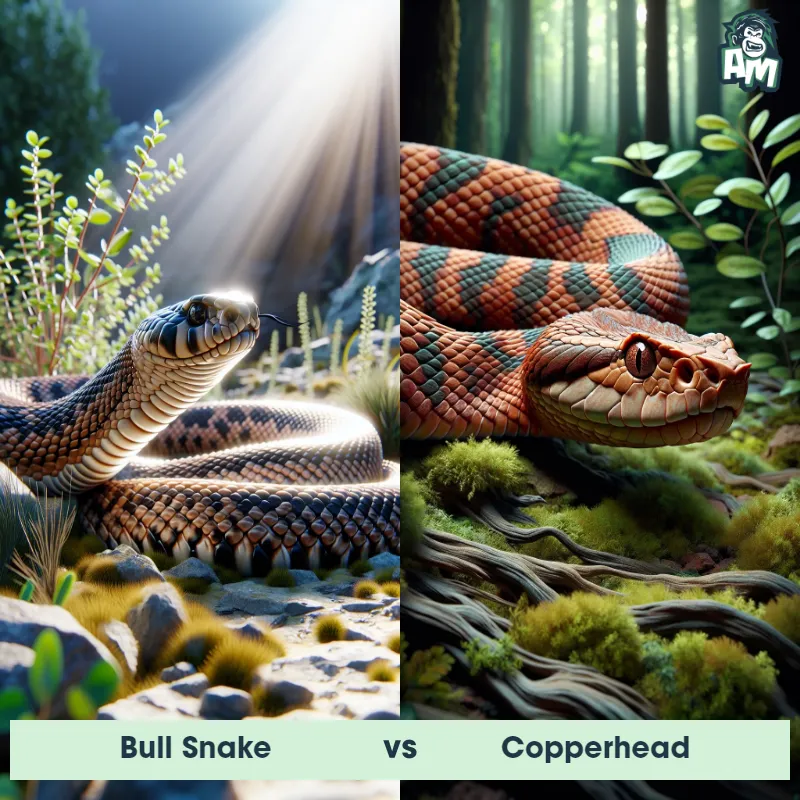Ocelot vs CrabSee Who Wins

Ladies and gentlemen, welcome to this thrilling matchup between an agile ocelot and a formidable crab! We're about to witness a sensational showdown of nature's finest competitors. Both these creatures have unique skills, and they are primed to engage in an intense battle for dominance. Let the game begin!
Contender 1: Ocelot
The Ocelot, also known as the dwarf leopard, is a small wild cat native to South and Central America. They have a distinctive coat pattern of black spots and stripes on a tawny background, with a white belly and dark stripes on their cheeks. Ocelots have large, expressive eyes and short, rounded ears. They are skilled climbers and hunters, with sharp claws and teeth.
Fun Fact: Ocelots are excellent swimmers and are known to catch fish in the water.
Contender 2: Crab
Crabs are decapod crustaceans known for their characteristic thick exoskeleton and a pair of robust claws. They vary in size from the tiny pea crab, a few millimeters wide, to the giant Japanese spider crab, with a leg span of up to 4 meters. Crabs are typically found in the ocean, but some species are also found in freshwater or on land. Notably, crabs are known for their sideways walking, a motion that distinguishes them from other crustaceans.
Fun Fact: Crabs communicate with each other by drumming or waving their pincers, which is not just a sign of aggression, but can also be a part of their mating rituals.
Matchup Stats
| Ocelot | Crab | |
|---|---|---|
| Size | 2-3 feet (0.6-0.9 meters) in length | Varies from a few millimeters to 13 feet (4 meters) leg span |
| Weight | 20-35 pounds (9-16 kilograms) | Varies greatly, up to 44 lbs (20 kg) for the largest species |
| Speed | Speed: 50 mph (80.47 km/hr) | 11 mph (18 km/h) |
| Key Strength | Agility and sharp claws | Robust claws |
| Biggest Weakness | Lack of size and strength compared to larger predators | Vulnerable when molting |
Current Votes
Ocelot vs Crab
See Who Wins
View More Matches
Looking For More?
Similar Matches
Scientific Stats
| Ocelot | Crab | |
|---|---|---|
| Scientific Name | Leopardus pardalis | Brachyura |
| Family | Felidae | Decapoda |
| Habitat | Forests, grasslands, and swamps | Ocean, Freshwater, Land |
| Geography | South and Central America | Worldwide |
| Diet | Small mammals, birds, reptiles, and fish | Omnivores, eat algae, mollusks, bacteria, fungi, and small fish |
| Lifespan | 10 years - 13 years | 1 year - 100 years |
Key Differences between Ocelot and Crab
- Facial features: Ocelots possess a distinctive facial pattern with dark markings around their eyes and cheeks, and prominent white lines extending from the inner corner of their eyes, while Crabs have compound eyes positioned on stalks and a pair of pincers in place of a typical vertebrate face.
- Coloration: Ocelots have a striking fur pattern consisting of a yellow or cream base coat covered in dark, irregular spots and stripes, while Crabs have a hard exoskeleton ranging in colors from reddish-brown to dark brown or dull green.
- Limbs and movement: Ocelots have four long, muscular limbs that enable them to climb trees and move swiftly on land, whereas Crabs have eight jointed legs, with their front two legs adapted as pincers, facilitating crawling and swimming.
- Size: The Ocelot is significantly larger than a Crab, with adult Ocelots weighing up to 30 pounds, while Crabs typically range in size from a few ounces to a few pounds.
- Body shape: Ocelots possess a long, slender body with a graceful appearance, whereas Crabs have a more compact and rounded body structure with a hard exoskeleton.
- Habitat: Ocelots are primarily found in diverse habitats including forests, savannas, and mangroves across Central and South America, whereas Crabs are predominantly aquatic and found in marine or freshwater environments, including oceans, lakes, rivers, and even some terrestrial habitats close to water.



